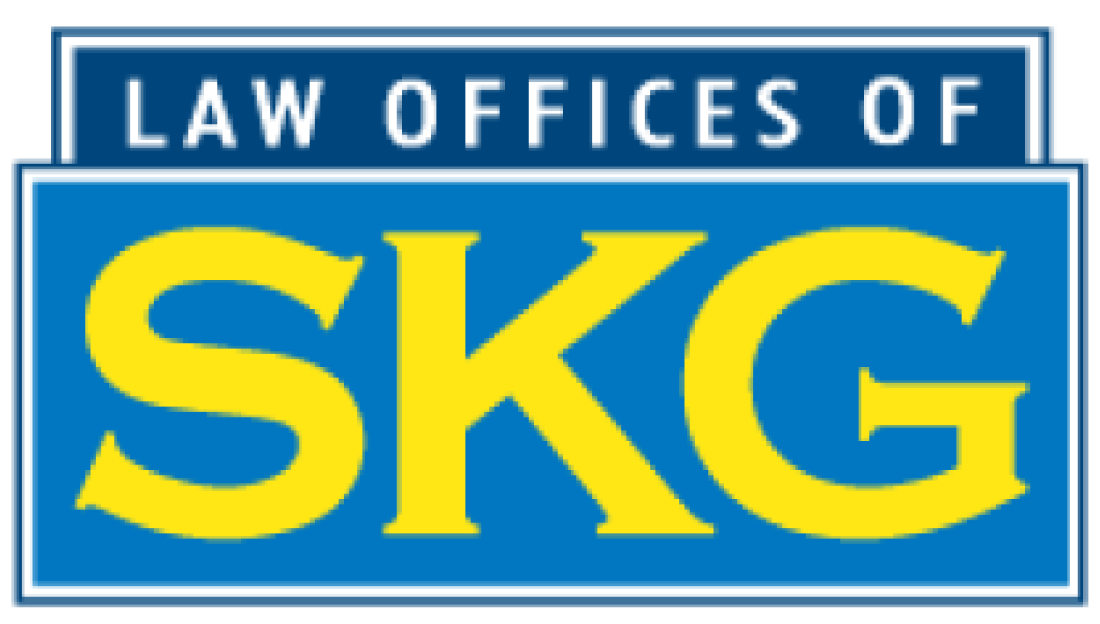
You’ve likely heard the terms “concussion” and “traumatic brain injury” (TBI) used interchangeably, but are they really the same thing? While both result from a blow to the head, there’s an important distinction between the two. You might be surprised to learn that a concussion is actually a type of TBI — but not all TBIs are concussions.
Following a brain injury, it’s essential to understand the differences between these two terms. What exactly sets them apart, and how do their distinct characteristics impact diagnosis, treatment, and recovery? When faced with a concussion or other form of traumatic brain injury, an experienced Fort Lauderdale personal injury lawyer can help you file a legal claim.
Defining Traumatic Brain Injury
When a sudden, violent blow or jolt strikes your head, it can cause significant damage to your brain. This type of injury is known as a traumatic brain injury (TBI). TBIs occur when an external force, such as a car accident or a fall, causes trauma to the brain.
There are several types of trauma, including closed head injuries, where the brain is damaged but the skull remains intact, and penetrating head injuries, where the skull is fractured. The injury mechanisms can vary, but they all involve a force that disrupts the normal functioning of the brain.
More people choose The Schiller Kessler Group because they know that we’re a cut above other personal injury law firms.

Concussion: a Mild TBI
As you absorb the shock of a blow to the head, your brain is suddenly jolted, disrupting its normal functioning. This is a concussion, a type of mild traumatic brain injury (TBI).
Concussion causes can range from sports injuries to car accidents and even falls. When these incidents occur, the brain collides with the skull, leading to temporary damage.
Fortunately, concussion prevention measures can be taken, such as wearing helmets during high-impact activities. Recognizing concussion symptoms, like dizziness or headaches, is essential for proper diagnosis and treatment. By taking proactive steps, you can reduce the risk of concussions and help ensure a faster recovery if an injury does occur.
The severity of Brain Damage
As you face the challenges of a brain injury, you’ll encounter varying degrees of severity. You might experience a mild brain injury, where symptoms are temporary and reversible, or suffer from severe brain damage, which can result in permanent, life-altering consequences.
Understanding the distinction between these two extremes is essential for effective treatment and recovery.
Mild Brain Injury
You might think that a mild brain injury is no big deal, but even a slight jolt to the head can cause significant damage. Mild brain injury causes can range from a fall to a car accident, and the impact can be more severe than you think. Symptoms may include dizziness, headaches, and memory loss, which can be frustrating and disrupt your daily life.
However, with proper rest and care, mild brain injury recovery is possible. It’s crucial to seek medical attention immediately if you experience any symptoms.
A doctor can diagnose the severity of the injury and provide guidance on the best course of treatment. With time and patience, you can recover from a mild brain injury and get back to your normal routine.
Severe Brain Damage
While a mild brain injury can be debilitating, severe brain damage takes the impact to a whole new level. You’re likely to experience severe outcomes, including prolonged hospitalization, extensive rehabilitation, and potentially lifelong impairments.
Severe brain damage can affect your brain health in numerous ways, such as cognitive impairments, memory loss, and emotional disturbances. In extreme cases, it can even result in a coma or vegetative state.
The road to recovery will be long and arduous, requiring patience, perseverance, and professional guidance. It’s crucial to seek immediate medical attention if you’ve suffered a severe head injury to minimize the damage and optimize your chances of recovery.
Symptoms and Diagnosis
If you suspect a concussion or TBI, you may wonder what symptoms to look for and how to get a proper diagnosis. Recognizing initial symptoms, such as headaches, dizziness, or confusion, is essential for seeking medical attention promptly.
Next, you’ll want to understand the diagnostic imaging tools used to rule out other conditions and determine the severity of your injury.
Recognizing Initial Symptoms
How quickly can symptoms of a concussion or traumatic brain injury (TBI) appear? You may experience symptoms immediately after the injury, or they may develop over the next few hours or days. It’s vital to recognize the initial symptoms and seek immediate medical attention.
During the initial assessment, you’ll be asked about the injury, your symptoms, and your medical history. You may be evaluated for symptoms such as headache, dizziness, confusion, memory loss, or nausea.
Your healthcare provider will perform a physical exam, checking for signs of concussion or TBI, such as unequal pupil size or difficulty with balance and coordination.
Effective symptom recognition is important for proper diagnosis and treatment. Don’t hesitate to seek medical help if you’re experiencing any symptoms after a head injury.
Diagnostic Imaging Tools
After a thorough physical examination, your healthcare provider may order diagnostic imaging tests to further evaluate the extent of your concussion or other type of TBI. These tests can provide valuable insights into the extent of brain injury, helping your healthcare provider develop a personalized treatment plan.
Some common diagnostic imaging tools used to evaluate concussions and TBIs include:
- Computed Tomography (CT) scans: These scans use X-rays to produce detailed images of the brain, helping identify bleeding, swelling, or skull fractures.
- Magnetic Resonance Imaging (MRI) techniques: These scans use strong magnetic fields and radio waves to produce detailed images of the brain, helping identify subtle changes in brain structure and function.
- Functional MRI (fMRI): This type of MRI measures changes in blood flow to map brain activity, helping identify areas affected by the injury.
- Diffusion Tensor Imaging (DTI): This MRI technique measures the integrity of nerve fibers, helping identify damage to brain tissue.
Ruling Out Other Conditions
When evaluating your symptoms, your healthcare provider’s primary goal is to rule out other conditions that may mimic concussion or TBI symptoms. This process is called differential diagnosis, and it’s essential in ensuring you receive the right treatment.
Your healthcare provider will ask about your medical history, perform a physical exam, and review any test results to identify potential causes for your symptoms. They’ll also consider other possibilities, such as infections, bleeding, or tumors, that may be causing your symptoms.
By ruling out these conditions, your provider can make an accurate diagnosis and develop an effective treatment plan tailored to your needs. This thorough approach helps ensure you receive the best possible care for your specific condition.
Reach Out to an Experienced Personal Injury Lawyer Today
Understanding the differences between concussions and TBIs is crucial for effective treatment and recovery. Once you know the full extent of your injuries an experienced personal injury lawyer from The Schiller Kessler Group can help you build a case to recover the compensation you need and deserve.
To discuss your case, contact us to schedule a free consultation.
Injured? Call The Aggressive Attorneys Today

